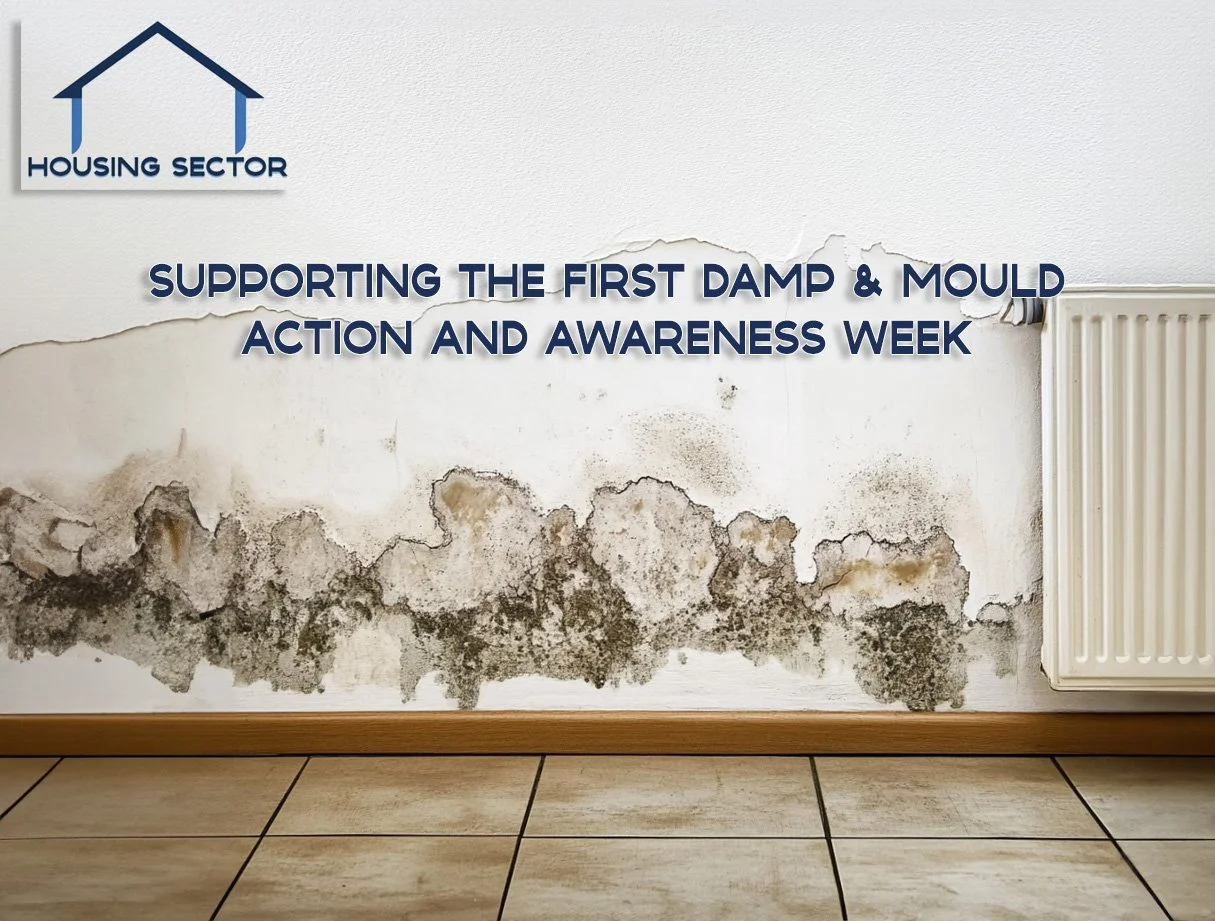Supporting the First Damp & Mould Action and Awareness Week
As the UK embarks on its inaugural Damp & Mould Action and Awareness Week, it’s crucial to confront the harsh reality of why damp and mould remain pressing issues in our housing landscape. Despite significant advancements in building technology, many homes still struggle with these persistent problems, affecting the well-being and safety of countless individuals.
The Human Suffering Behind Damp and Mould Issues
Damp and mould not only compromise the structural integrity of homes but also inflict profound human suffering. As we all know, the presence of mould can lead to serious health complications, particularly for vulnerable populations such as children, the elderly, and those with pre-existing respiratory conditions. Asthma, allergies, and other respiratory issues are commonly exacerbated by damp environments, creating a cycle of health decline that is both preventable and heartbreaking.
We are all aware of families forced to endure damp, mould-infested living spaces, struggling with ongoing health issues while feeling powerless to change their circumstances. The emotional toll of living in such conditions is devastating, leading to anxiety, depression, and a sense of hopelessness. It’s a shameful reality that in a nation with considerable resources and capabilities, individuals still suffer from health risks linked to their living conditions. Perhaps I’ve got it wrong, perhaps we are lacking the resources of a first world nation, perhaps we do lack the capabilities.
The Real Risks to Life
The NHS reports that dampness in homes is a significant risk factor for hospital admissions due to respiratory diseases, showcasing a direct correlation between housing conditions and public health outcomes.
Furthermore, the danger of mould can extend beyond health concerns. In extreme cases, the structural damage caused by damp can lead to unsafe living conditions, increasing the risk of accidents or disasters. It is a sobering thought that many are living in homes that could be deemed hazardous, yet little action is taken to address these issues comprehensively.
A Collective Shame
We should all feel a deep sense of shame when we acknowledge that people are enduring these conditions. As a society, we have a moral obligation to ensure that everyone has access to safe and healthy living environments. The existence of damp and mould in our homes should be a wake-up call for all of us, prompting not just awareness but action.
It is imperative that we advocate for change and demand accountability from those responsible for housing standards. This week serves as a reminder that we must come together as a community to push for better practices, improved regulations, and more effective solutions to combat damp and mould.
Modern Building Challenges
In this modern age, one might wonder why we are still unable to construct homes that remain dry.
The reasons are multifaceted:
Climate Factors: Increasingly erratic weather patterns and heavy rainfall contribute to dampness in homes. Older buildings often lack the modern insulation and ventilation systems necessary to manage moisture effectively.
Building Materials and Techniques: While advances have been made, not all builders use the latest materials and methods that combat damp effectively. But let’s be honest, budget constraints can also lead to cost-cutting measures that compromise building quality.
Lack of Education: There is often a knowledge gap among builders and homeowners regarding effective moisture management strategies. Without proper training, the likelihood of errors during construction increases, leading to future damp issues.
Cost-Effectiveness of Retrospective Fixes
Are retrospective fixes cost-effective? While addressing existing problems can be expensive and disruptive, the long-term benefits often outweigh the initial costs.
Health Savings: By eliminating damp and mould, we can reduce the incidence of health issues, leading to savings for the NHS and improving overall community health.
Increased Property Value: Homes that are well-maintained and free from damp and mould can maintain or even increase their property value, making them more attractive to potential buyers.
Long-Term Solutions: Retrospective measures can include upgrading ventilation systems, installing damp-proof courses, and improving insulation. These investments can lead to energy savings and reduce the risk of future damp problems.
As we mark this significant week, let us advocate for a future where all homes are free from damp and mould. By addressing these issues head-on, investing in quality construction, and implementing effective solutions, we can create healthier living environments for everyone.
Together, we can support the mission to raise awareness about damp and mould, encouraging action that leads to lasting change in our housing sector. The time for complacency is over; it’s time to act and ensure that no one has to suffer in silence from the consequences of damp living conditions.


